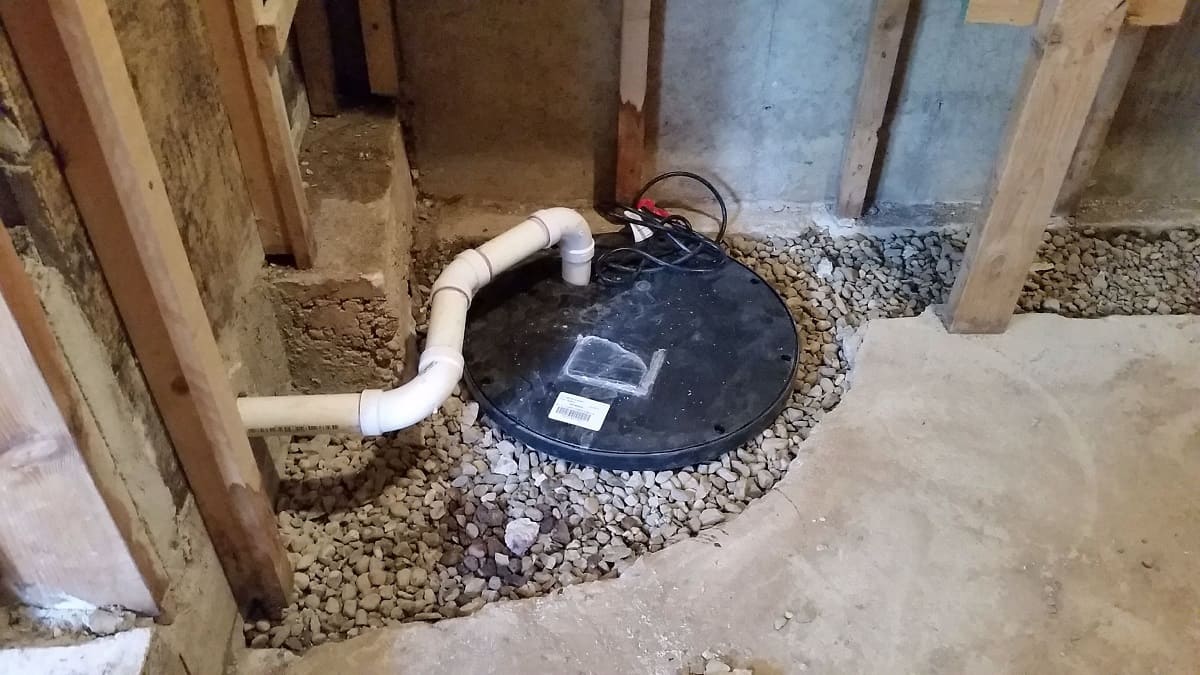Do you find yourself on the lookout for suggestions on How to Care for Your Sump Pump?

Sump pumps are essential components in several homes, particularly in areas prone to flooding or extreme moisture. They help prevent water damage by effectively removing excess water from basements or crawl spaces. Nevertheless, like any other home appliance, sump pumps call for normal upkeep to ensure they function effectively when needed one of the most. Cleansing your sump pump is an essential part of its maintenance, and recognizing exactly how to do it effectively can save you from costly repair services and possible catastrophes.
Intro
Keeping a clean sump pump is vital for its correct functioning and long life. Neglecting this important job can cause clogs, malfunctions, and inevitably, water damage to your home. As a result, learning how to clean up a sump pump is important for house owners that count on these devices to keep their cellars dry and secured.
Signs of a Dirty Sump Pump
Understanding when your sump pump needs cleaning is essential for protecting against potential breakdowns. Some common indications that show a dirty sump pump consist of strange sounds throughout operation, lowered water flow, and visible debris in the pit. If you see any of these signs and symptoms, it's vital to clean your sump pump without delay to avoid any type of further concerns.
Planning for Cleansing
Before you start cleaning your sump pump, it's necessary to take some safety precautions. Beginning by turning off the power to the pump to avoid any kind of electric crashes. Additionally, wear appropriate protective gear, such as gloves and goggles, to protect yourself from dust, particles, and possible microorganisms.
Recognizing the Sump Pump
Prior to diving into the cleansing process, it's vital to have a fundamental understanding of just how a sump pump functions. Typically mounted in a pit or basin below the cellar floor, a sump pump contains numerous key parts, including a pump, a float switch, and a discharge pipeline. When water accumulates in the pit, the float switch turns on the pump, which then pumps the water out via the discharge pipe, away from the building's structure.
Detailed Overview to Cleansing a Sump Pump
Shutting Off the Power
Begin by disconnecting the power supply to the sump pump to prevent any crashes while cleaning.
Looking For Correct Performance
Prior to re-installing the pump, do a fast examination to make sure that the float button activates the pump correctly. Put some water right into the sump pit and observe the pump's operation. If everything is functioning properly, you can reassemble the pump and reconnect the power supply.
Removing Debris and Dirt
Use a container or a scoop to eliminate any visible particles, dust, or sediment from the sump pit. Dispose of the debris correctly to avoid it from clogging the pump or the discharge pipe.
Cleaning the Pump and Float Switch
As soon as the pit is clear of debris, thoroughly eliminate the pump from the pit. Evaluate the pump and the float button for any indicators of damage or wear. Make use of a soft brush or cloth to cleanse the surfaces and remove any kind of accumulated gunk.
Purging the System
After cleansing the pump and float switch, flush the sump pit with tidy water to eliminate any type of continuing to be dust or sediment. This will help ensure that the pump runs smoothly and successfully.
Upkeep Tips to Maintain Your Sump Pump Clean
Along with regular cleaning, there are several upkeep ideas you can comply with to maintain your sump pump in optimal condition:
Conclusion
Cleansing your sump pump is an essential facet of its upkeep and makes sure that it operates properly when you need it the most. By complying with the actions described in this guide and integrating routine upkeep into your regimen, you can prolong the life expectancy of your sump pump and protect your home from water damages.
How To Inspect And Clean A Sump Pump
There are a few things you may want to look for when inspecting your sump pump. These include:
Leaks: If you notice any leaks around the sump pump, it likely needs to be repaired or replaced. Mud or Water: If there is any mud or water around the sump pump, it’s likely that it’s not working properly and needs to be cleaned. Noises: If you hear any strange noises coming from the sump pump, it may be indicative of a problem. Next, you’ll need to clean the sump pump. If you notice any of these issues, it’s best to clean the sump pump as soon as possible. To do this, you’ll need to remove the pump from its housing. Be sure to have a bucket handy to catch any water that may spill out. Once the pump is removed, use a brush or a spray nozzle to clean off all of the mud and debris. You may also want to check the impeller for damage or wear and tear. If you find any damage, you’ll need to replace the pump.
Once the pump is clean, reattach it to its housing and replace any parts that were removed. Be sure to test the pump before putting everything back in place. Once everything is back in order, put the cover back on the sump pit and refill it with water.
https://elekplumbing.com/blog/how-to-inspect-and-clean-a-sump-pump/

I found that blog post about Steps to Cleaning Your Sump Pump Properly when surfing around the web. Sharing is good. Helping people is fun. Many thanks for your time. Return soon.
Get A Quote